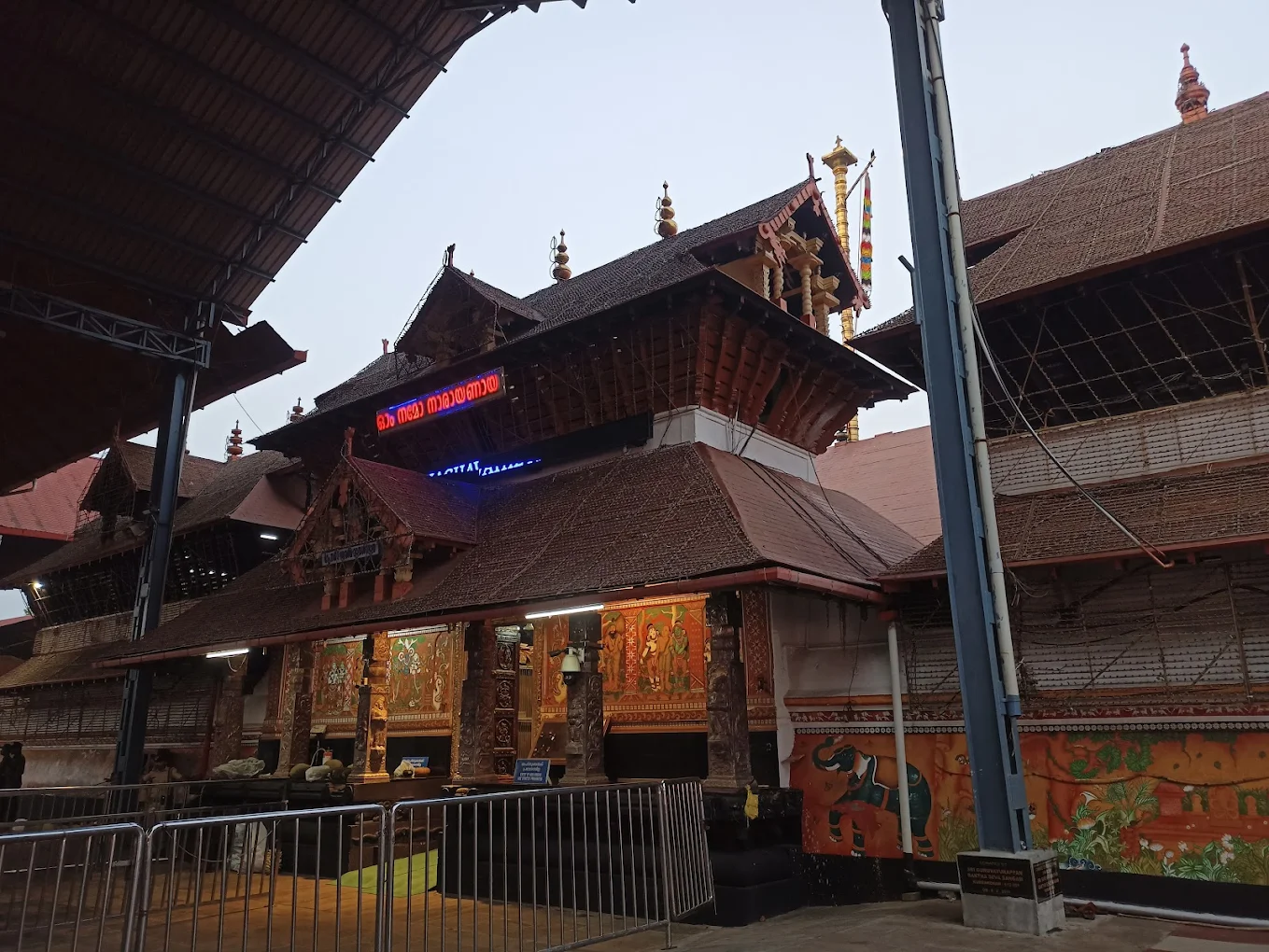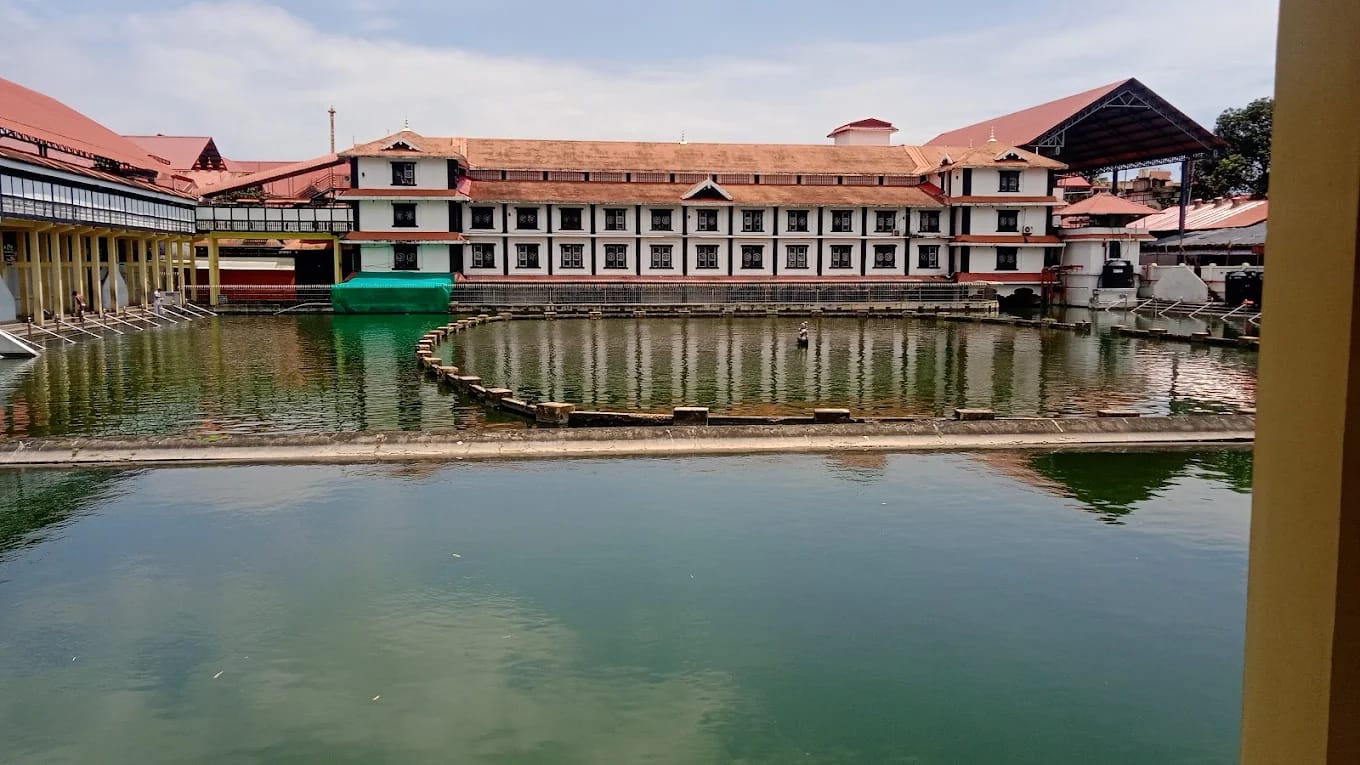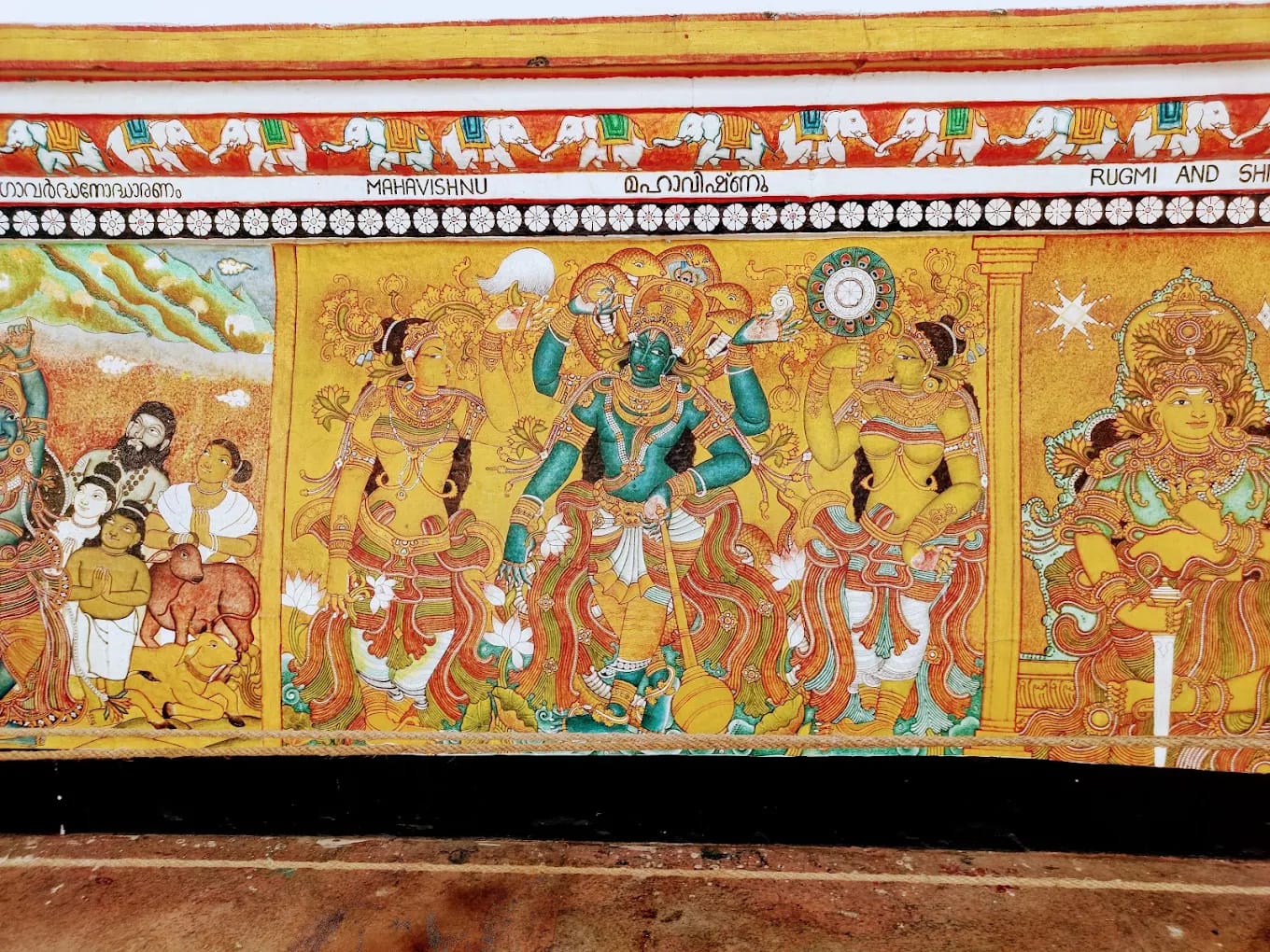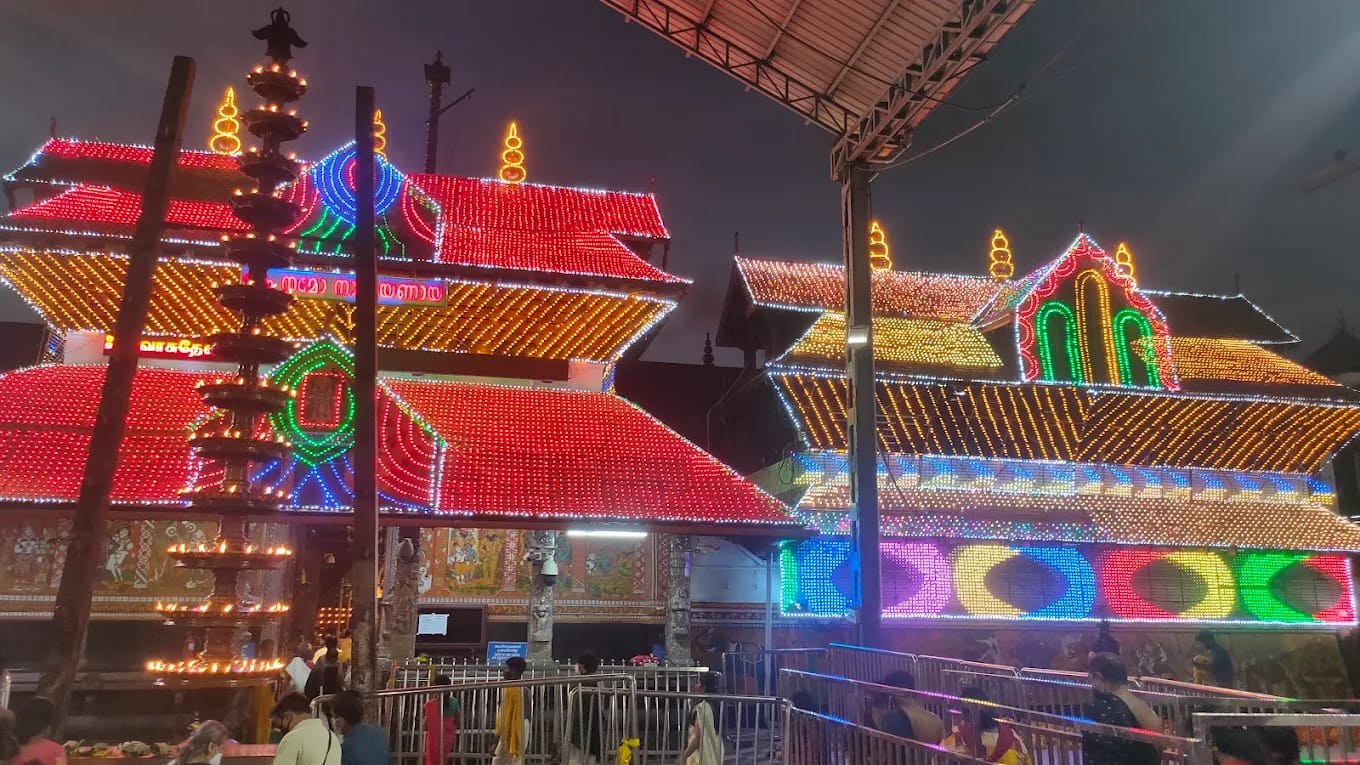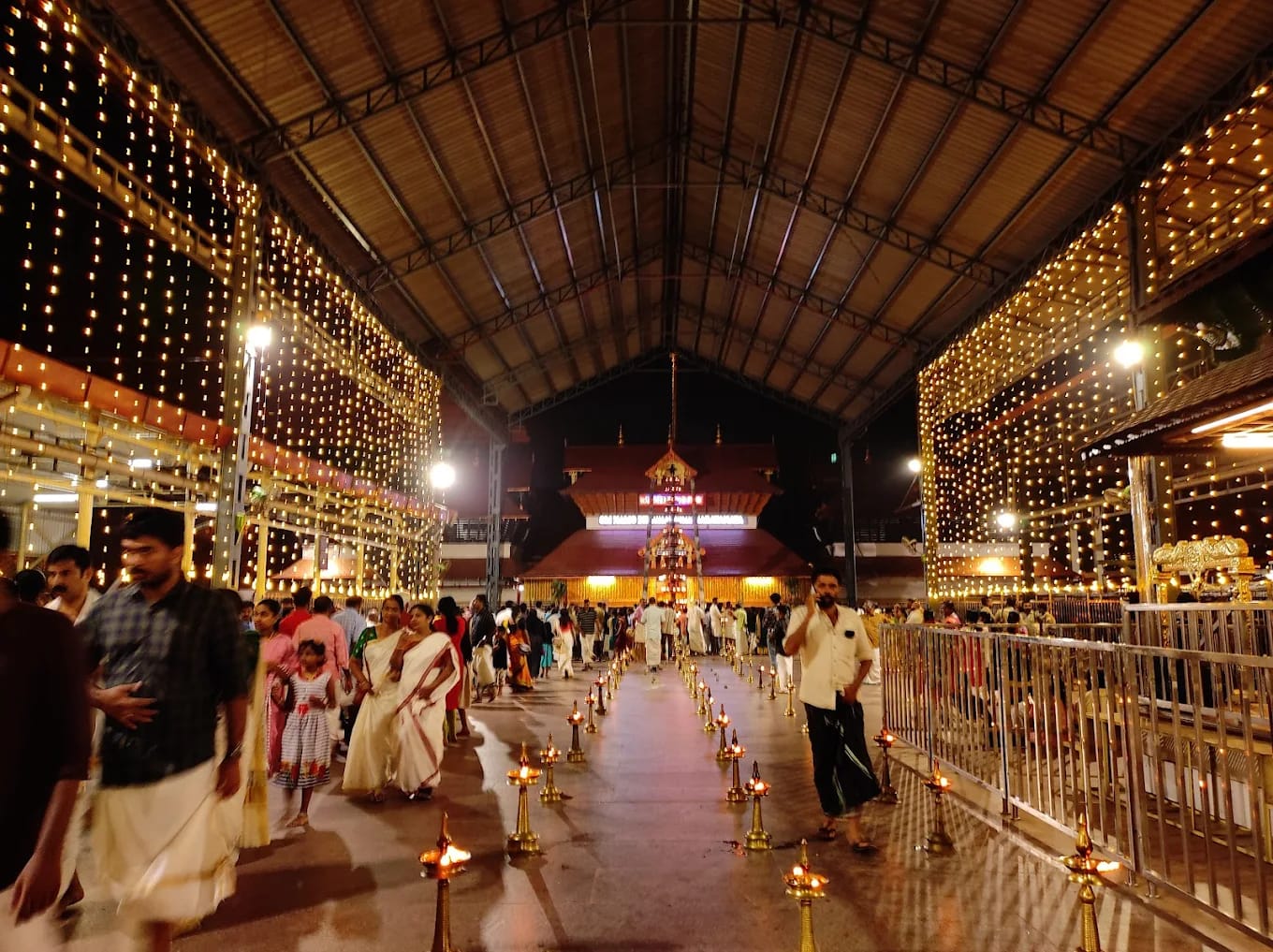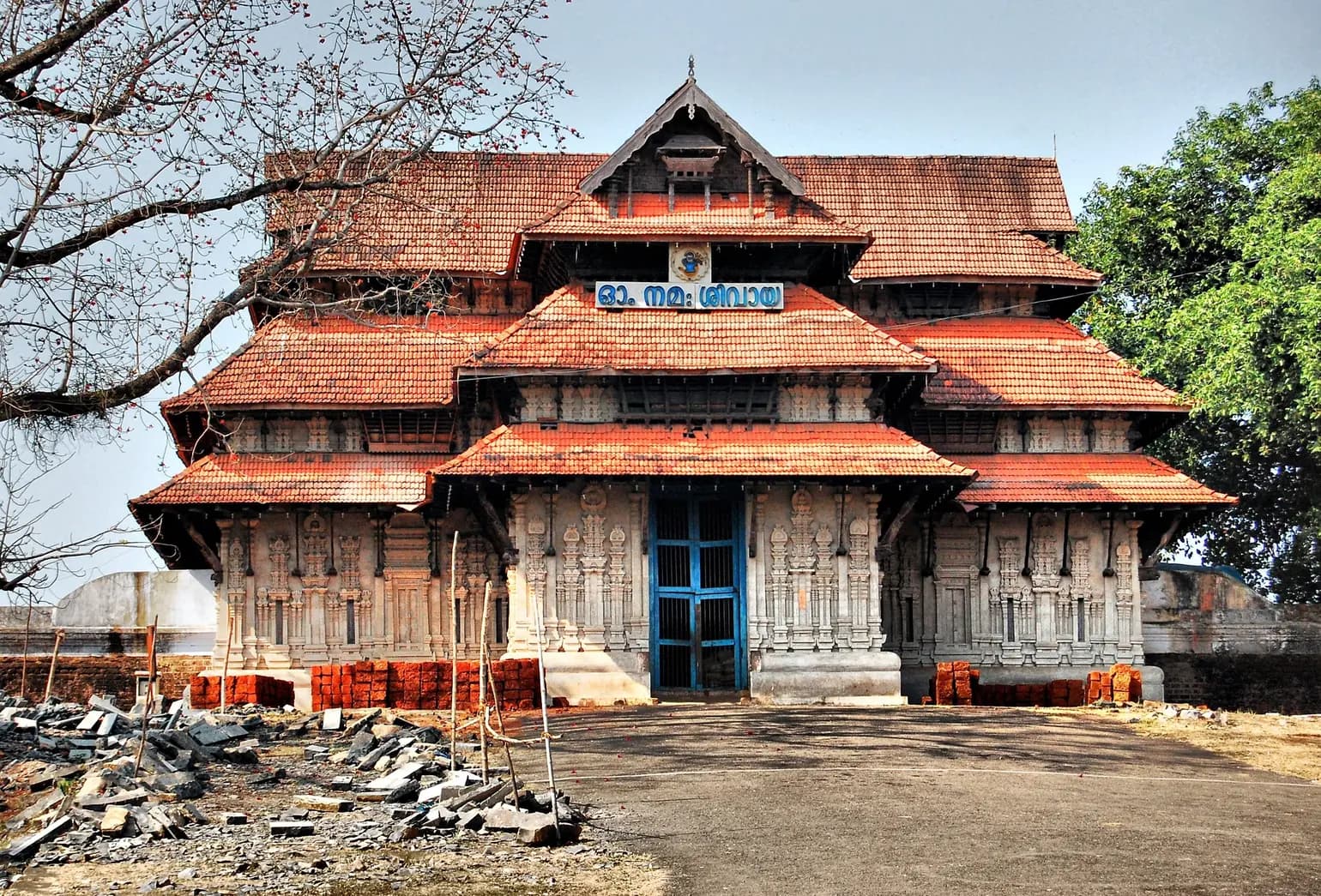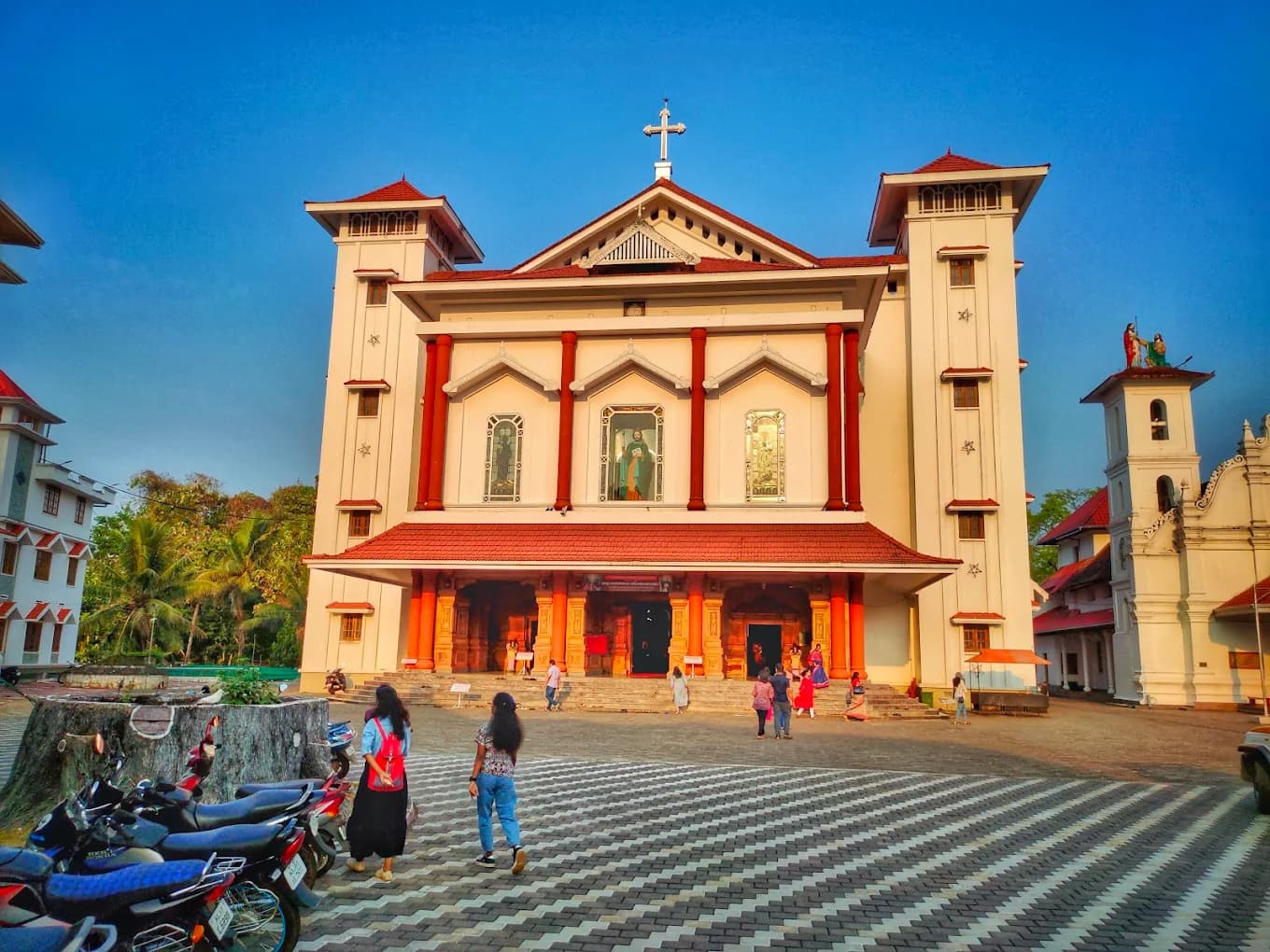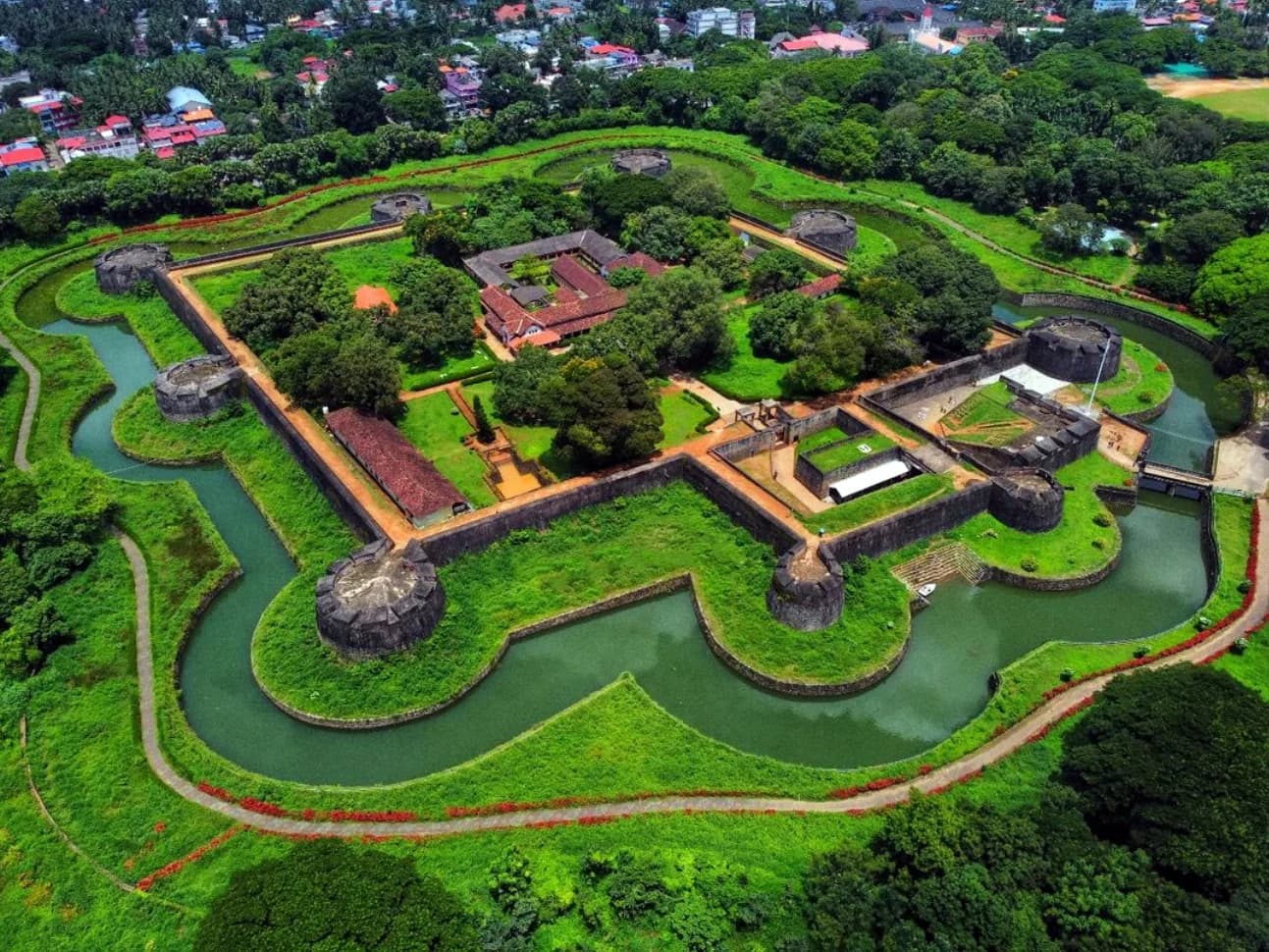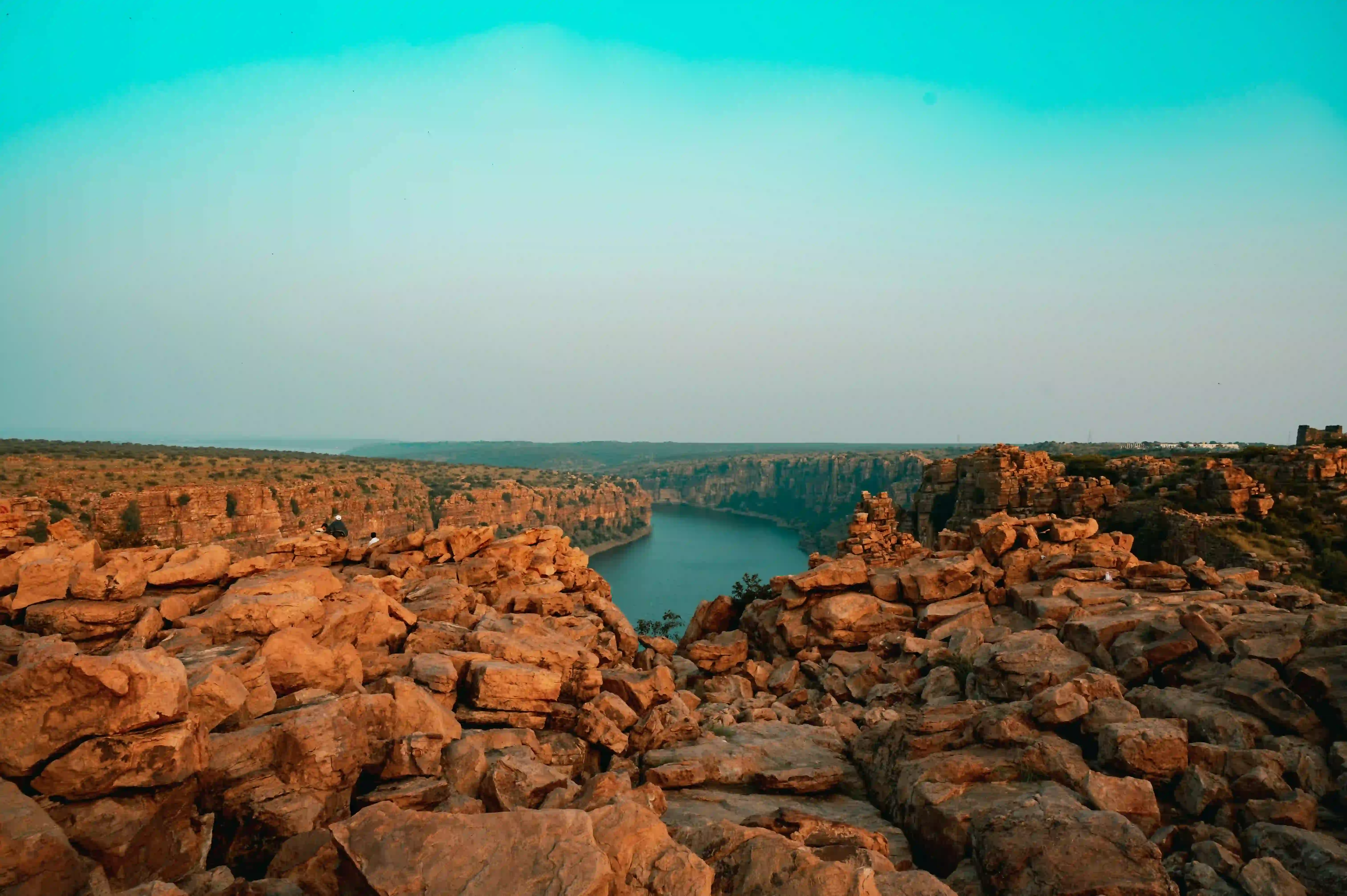The Guruvayur Sri Krishna Temple stands as a profound spiritual landmark in the heart of Kerala, embodying centuries of religious devotion and cultural significance. Located in the town of Guruvayur, this sacred shrine is dedicated to Guruvayurappan, a four-armed manifestation of Lord Vishnu, and is often referred to as "Bhuloka Vaikunta" or the Earthly Abode of Vishnu.
The temple's origins are steeped in mythological narratives that trace its establishment to divine intervention. According to legend, when the shrine of Dwarka was submerged by the sea, the divine entities Guru and Vayu were tasked with finding a new sacred location. Their divine quest led them to discover the place now known as Guruvayoor, where the deity Guruvayurappan was subsequently installed, creating a spiritual nexus that would attract devotees for generations.
Historical records reveal the temple's presence as early as the 14th century, with mentions in Tamil literature like "Kokasandesam". The etymology of its name is a poetic composition of "Guru" (representing Guru Brihaspati) and "Vayu" (the Wind God), symbolizing the mystical circumstances of its founding. By the late 16th century, the temple had become a significant pilgrimage center, particularly after the composition of the epic poem "Narayaniyam" by Melpathur Narayana Bhattathiri.
The temple's journey through history is marked by periods of challenge and resilience. During the Perumal rulers' era, who were predominantly Shaivites, the temple experienced financial difficulties. However, a legendary blessing transformed its fortunes. The temple survived multiple historical challenges, including raids by the Dutch in 1716 and invasions by Hyder Ali and Tipu Sultan, during which the sacred idol was heroically hidden underground to protect it from destruction.
Architecturally, the temple represents a quintessential example of Kerala's temple design, featuring a central sanctum surrounded by sub-temples. The primary deity is a magnificent four-armed standing Vishnu, adorned with sacred symbols: the conch Panchajanya, the discus Sudarshana, the mace Kaumodaki, and a lotus with a tulasi garland. Each element carries profound symbolic significance in Hindu iconography.
The temple's social and cultural impact extends beyond its religious significance. In the early 20th century, it was a microcosm of Kerala's evolving social dynamics. Initially restrictive in its access, only allowing certain castes to enter, the temple underwent transformative changes following Mahatma Gandhi's Satyagraha movement. This shift reflected broader societal movements towards equality and social justice, with the temple's administration eventually coming under the Government of Kerala's control.
Cultural vibrancy pulses through the temple's annual festivities, which draw thousands of devotees. The famous elephant festival, featuring magnificently adorned elephants, and celebrations like the 10-day festival during the Malayalam month of Kumbham and Krishna Janmashtami, showcase the rich traditions preserved within its sacred precincts. Nearby, the Punnathur Kotta elephant sanctuary further enhances the temple's unique cultural landscape.
Modern management has been crucial in preserving the temple's heritage while adapting to contemporary needs. Despite challenges like a significant fire in 1970 that damaged portions of the structure, the temple has been meticulously restored and continues to be a beacon of spiritual and cultural significance. Its enduring legacy lies not just in its architectural beauty or religious importance, but in its ability to represent the living, evolving spirit of Kerala's rich cultural traditions.
